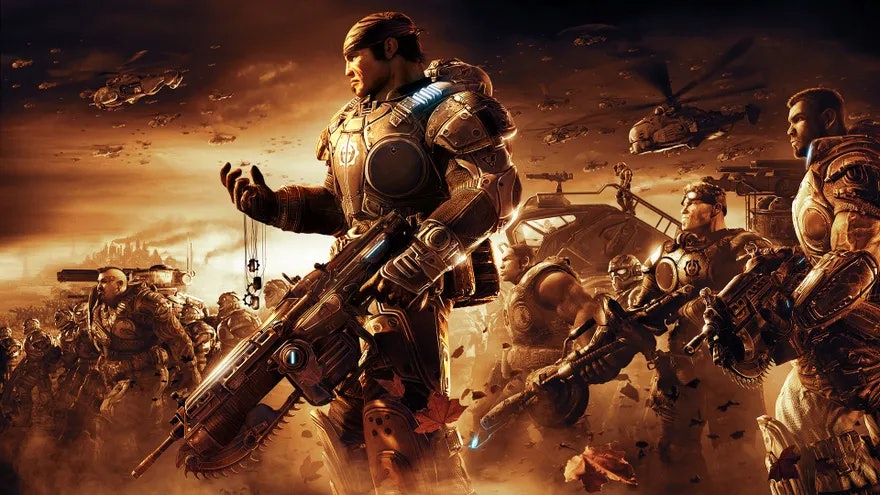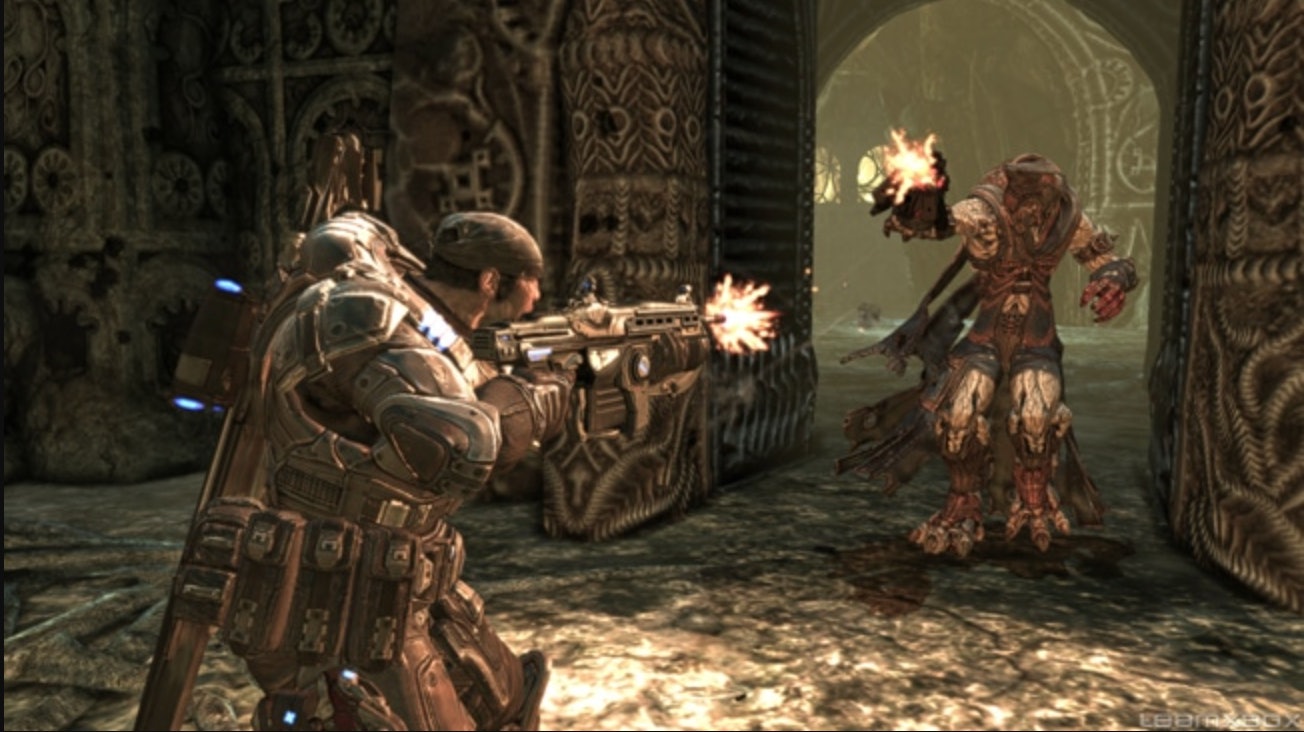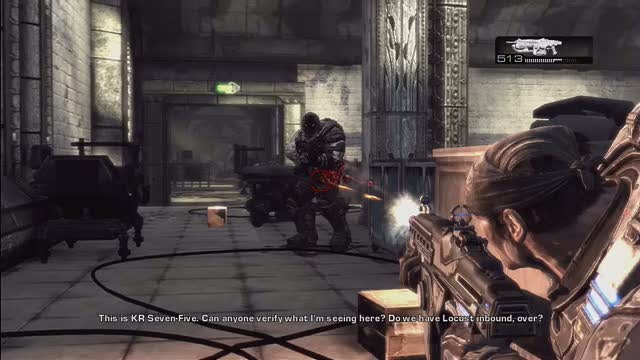
Back when Xbox exclusives were typically spelled H-A-L-O, Epic Games came along to give third-person shooters an extra coat of blood-spattered paint. This unique formula arguably peaked in November 2008 with Gears of War 2. To this day, not a single game of its kind has arguably even come close to matching the magic of Horde mode.
Gears of War 2 wasn't just a tremendous Gears of War sequel, it was an incredible game, period. 15 years later, it may still be the best of the entire franchise to date. That's not to say its immediate follow-up, Gears of War 3, was all that lacking, but it's fitting to call Gears of War 2 the Empire Strikes Back of that initial trilogy.
While many retrospectives over the last decade and a half since the game's 2008 release have paid close attention to its iconic campaign and unforgettable score, there's also a strong case to be made that the game's status as one of the best shooters of the Xbox 360 generation can be appreciated to an even fuller extent when setting our sights on its stellar, groundbreaking survival mode.

It might be somewhat challenging to remember the online shooter landscape of 2008. Your options were basically limited to expansive, multi-faceted Halo 3 maps or tight corridor reflexes in Call of Duty 4 and Rainbow Six: Vegas.
Then came Gears of War 2 with its deceptively simple Horde mode, which would go on to help inspire the massively successful Firefight modes in later Halo games. The premise was simple but addictive: a team of players takes on wave after wave of increasingly tough and numerous enemies. (In an odd coincidence, Call of Duty introduced its own iconic Nazi Zombies mode just one week later.)
Horde mode found instant success not just with Gears of War fans but also with totally new players. Those who had missed out on the first game still got sucked into the hype of the sequel, thanks to many a weekend split-screen sleepover.
Horde introduced fans to the Gears franchise’s gothic, apocalyptic lore and crisp, high-octane Unreal Engine gameplay, setting itself apart with its gritty and existentially moody atmosphere, along with the third-person duck-and-cover mechanic that only served to bring immediate humanity and stakes to the player actually controlling their avatar.

It was a gamble during a time when the de-facto immersion strategy was to focus on making the player identify with the invisible soldier behind the gun, but the Gears of War franchise notably let its characters (and weapons) take center stage without any compromise. These games were drenched in cinematic flair across the board, down to the pithy catchphrases of its meathead protagonists, stylized execution cutscenes, and remarkable camera movements. Even in Horde mode, there was never any question about what game you were playing and who you were playing — many a fight must've broken out over who got to play as Carmine, I'm sure.
Not enough can be said about how Gears of War 2 expanded upon the possibilities and game functions of its predecessor, of which there are too many improvements to cover concisely. The improved graphics and even smoother frame rate are perhaps a given, but there's also the massive uptick in enemy types, the potentially overwhelming range of strategies necessary to combat them effectively, and an increase in not just the types of weapons, but an organic expansion of their usefulness in any given scenario.
One of the reasons Horde mode works so well, then, is because it allows players new and old to essentially test-drive the litany of new features and gameplay quirks in real time. What's more organic to learning a game than desperately testing out countless battle plans with your friends as you're getting pummeled by constantly evolving enemy threats?

Horde also excelled at raising the stakes in this already tense world. While the campaign allowed you to simply start over whenever you made a critical mistake, Horde was truly merciless. Letting down your teammates could mean more than just a reset, it could completely shatter all the progress you'd made over hours in pursuit of a single goal — that elusive, final Wave 50. On the flip side, this made a potential victory exponentially more satisfying and earned, mirroring the sense of accomplishment combined with the world-weariness of Delta Squad during the actual story of the game.
At the time of the game's release, Horde mode was a hit with critics but also simultaneously lambasted for its lack of upgrades and character leveling similar to online games around it. Gamers like me found the streamlined format of Horde to be a benefit, not a missed opportunity. This would prove out when Gears of War 3 and other subsequent Gears titles attempted to "upgrade" Horde mode with a currency system and new customization features. Not all of them were bad ideas or even poorly implemented, but the charm and wistful energy of the original Horde maps and their purposeful limitations unfortunately gave way to a gamified, marketplace labyrinth that prioritized grind, churn, and economic luck over visceral spontaneity.
As Gears of War 2 reaches its monumental fifteenth birthday, this is a call to action for all former Horde players who might experience renewed interest in checking the game out again and rolling the dice on its multiplayer library. Even after all this time, there's simply no other game quite like Gears of War 2, and for a while longer, at least, we can still pick it back up and enjoy it all over again.







